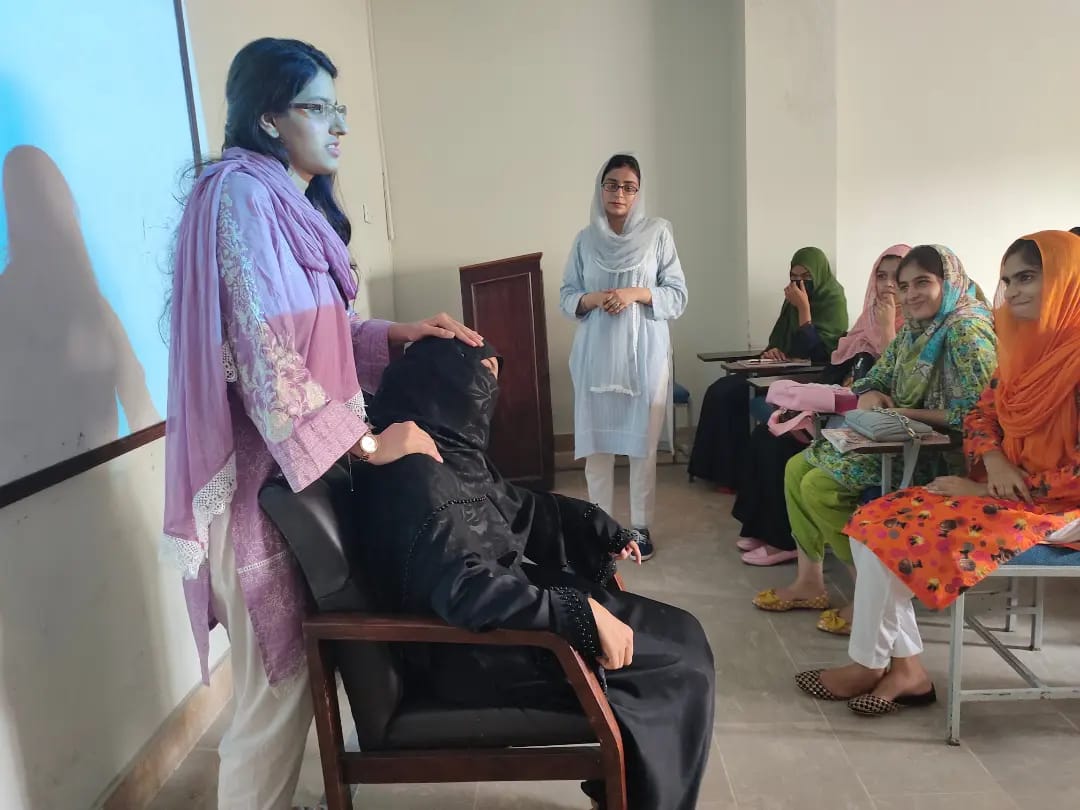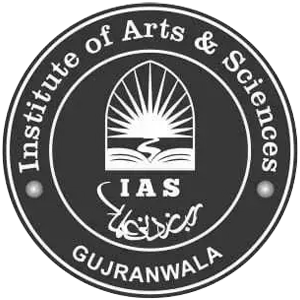A career counseling session regarding the DPT field has been organized at IAS. Dr. Mahnoor and Dr. Rukhma guided the students about the scope of the DPT field. They also guided the students regarding posture correction.
The Doctor of Physical Therapy (DPT) is a doctoral-level degree program designed to train individuals to become skilled and knowledgeable physical therapists. Physical therapists are healthcare professionals who specialize in diagnosing and treating a wide range of physical conditions that affect a person’s mobility, strength, and overall function.
Educational Pathway: To become a licensed physical therapist, individuals typically follow this educational pathway:
- Bachelor’s Degree: Most DPT programs require a bachelor’s degree as a prerequisite. Although the bachelor’s degree doesn’t necessarily need to be in a specific field, many students choose majors related to biology, exercise science, or kinesiology to better align with the prerequisites of DPT programs.
- DPT Program: After completing a bachelor’s degree, aspiring physical therapists enroll in a Doctor of Physical Therapy program. These programs usually take about 3 years to complete. DPT programs are intensive and cover a wide range of topics including anatomy, physiology, biomechanics, neurology, orthopedics, and more.
- Clinical Education: DPT programs typically include several clinical rotations where students gain hands-on experience working with patients under the supervision of experienced physical therapists. This practical training is a crucial component of the program.
- Licensing Exam: After completing the DPT program, graduates need to pass the National Physical Therapy Examination (NPTE) to become licensed physical therapists. Licensing requirements may vary by state or country.
Roles and Responsibilities: Physical therapists play a crucial role in healthcare by helping individuals recover from injuries, surgeries, and various physical conditions. Their responsibilities include:
- Assessing patients’ conditions and developing personalized treatment plans.
- Using techniques such as therapeutic exercises, manual therapy, and modalities like ultrasound or electrical stimulation to improve mobility, reduce pain, and enhance function.
- Educating patients about their conditions, preventive measures, and exercises they can do at home.
- Working with patients of all ages, from children to the elderly, and addressing conditions ranging from sports injuries to neurological disorders.
- Collaborating with other healthcare professionals, such as doctors and occupational therapists, to ensure comprehensive patient care.
Specializations: Physical therapists can specialize in various areas, including orthopedics, neurology, pediatrics, sports medicine, cardiovascular and pulmonary care, geriatrics, and more. Specialization often involves further education and training beyond the DPT degree.
Career Opportunities: Graduates of DPT programs have diverse career opportunities. They can work in various settings, such as hospitals, outpatient clinics, rehabilitation centers, schools, sports teams, home health agencies, and private practices. Additionally, some physical therapists choose to pursue careers in research or academia.
In your career counseling session, you might have discussed the educational path, potential career opportunities, required skills, and the importance of compassionate patient care in the DPT field. If you need more specific information or have any other questions, feel free to ask!



